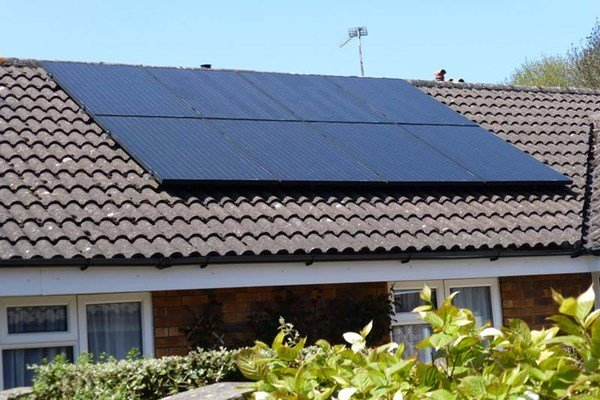Our homes are just as susceptible to the cold as we are. Insulating your property ensures it is being heated efficiently, whilst reducing your energy bills.
The good news is that insulating a building is pretty straightforward and can be achieved through double glazing, wall, roof and loft insulation.
What are the benefits of insulating my roof and loft?
Lofts that aren’t insulated are accountable for losing up to as much as a quarter of a home’s heat through the roof. Fortunately loft and roof insulation is easy to install and is a really effective way to stop the heat from escaping, whilst reducing your energy bills. Loft insulation can also last up to 42 years making it a simple, cost effective solution.
How can double glazing help with heat loss?
Single glazed windows are notorious for letting in drafts and the older the property, the worse the draft. Replacing these windows with double glazed alternatives is simple and provides an insulating barrier which lessens the impact of drafts and cold spots on your home, as well as reducing your heating bills.
Using a CERTASS registered expert, such as Forever Green Energy, to install your double glazing ensures you will benefit from the best advice on the most appropriate and cost-effective double glazing solution for your property. And as the Government’s Green Deal scheme also covers the installation of double glazing, you could benefit from no upfront costs when making improvements to your home.
Which type of wall insulation do I need?
Depending on the age and construction of your property, you’ll either need cavity wall or solid wall insulation. Cavity wall insulation applies to properties built after 1920 which generally feature two layers of brick. The gap in between is filled with insulation to reduce heat loss by keeping the heat in.
Whereas solid wall insulation is the best option for properties built with one solid wall, which typically lose up to twice as much heat as cavity walls. Solid wall insulation can be fitted to either your internal or exterior walls and utilises a combination of mineral wool fibre and a layer of insulating material to retain the heat and reduce heating bills. As external wall insulation also requires cladding or render that alters the appearance of your property, it’s advisable to check whether you will need planning permission.
Did you know that insulating your home qualifies for the Government’sGreen Deal scheme?
Want to find out more about how insulating your property can provide instant results and reduce your energy bills? Or if you’re eligible for Government funding and incentives that can reduce installation costs? Then get in touch and our friendly team will be more than happy to advise you on the best solution or solutions to make your home more energy efficient.
